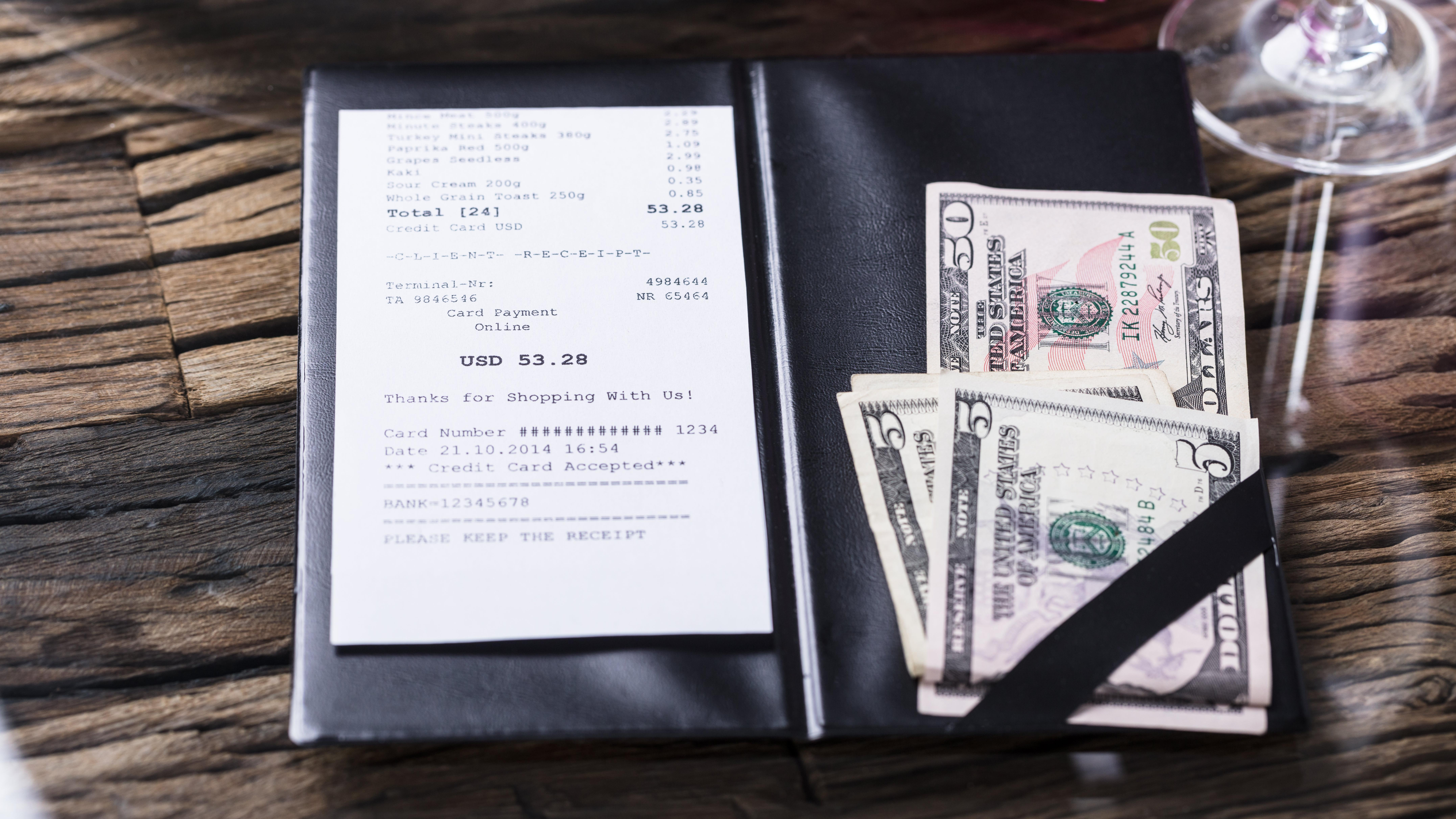What Causes Us To Stop Dining Out
A new study claims to have found the consumer breaking point.
It's no secret that when restaurant dining gets too expensive, people tend to cut back and start cooking at home a little more often. But what exactly is "too expensive"? It's hard to imagine the level of price increase that would keep me away from an order of fried pickles and chicken wings, but as Restaurant Business reports, a recent study from consulting firm Revenue Management Solutions seems to have found the consumer breaking point.
Why restaurants are increasing prices
Because inflation is driving operating costs higher and restaurants lean on repeat business to weather the storm, more popular chains than ever have begun rolling out loyalty programs (or revamping their existing ones).
Chipotle recently changed its program in a way that requires loyalty customers to spend more than they previously had to in order to earn "free" food. It used to cost Chipotle rewards members $140 to get to a free item; now it costs $162.50. Dunkin' is also in the process of reworking its loyalty program. Previously, Dunkin' Perks members could earn a free drink after spending $40. Under the new Dunkin' Rewards, a free drink costs $50 in purchases.
The consumer breaking point
We all have a certain tolerance for price increases. A couple bucks here or a little shrinkflation there won't keep some of us from treating ourselves to the foods and snacks we love. Yet after analyzing in-store price increases for 25,000 locations, Revenue Management Solutions found that if a restaurant increases its prices by more than 10%-13%, it will basically be sending customers out the door.
Although consumer perception of inflation is currently worse than what the actual figures indicate, that doesn't mean the impact is any less real. The consulting firm also surveyed consumers, 45% of whom said they are currently choosing to eat out less; others said they're ordering less expensive items or dining at more affordable locations. Generally, consumers' immediate response to rising costs is to cut back, search for deals, and/or avoid unnecessary spending. From a restaurant's perspective, the only way to offset the rising cost of ingredients and labor is to increase prices—but only by so much, because patrons aren't earning more to keep pace with the added spending. Inflation puts everyone in a tough spot.
